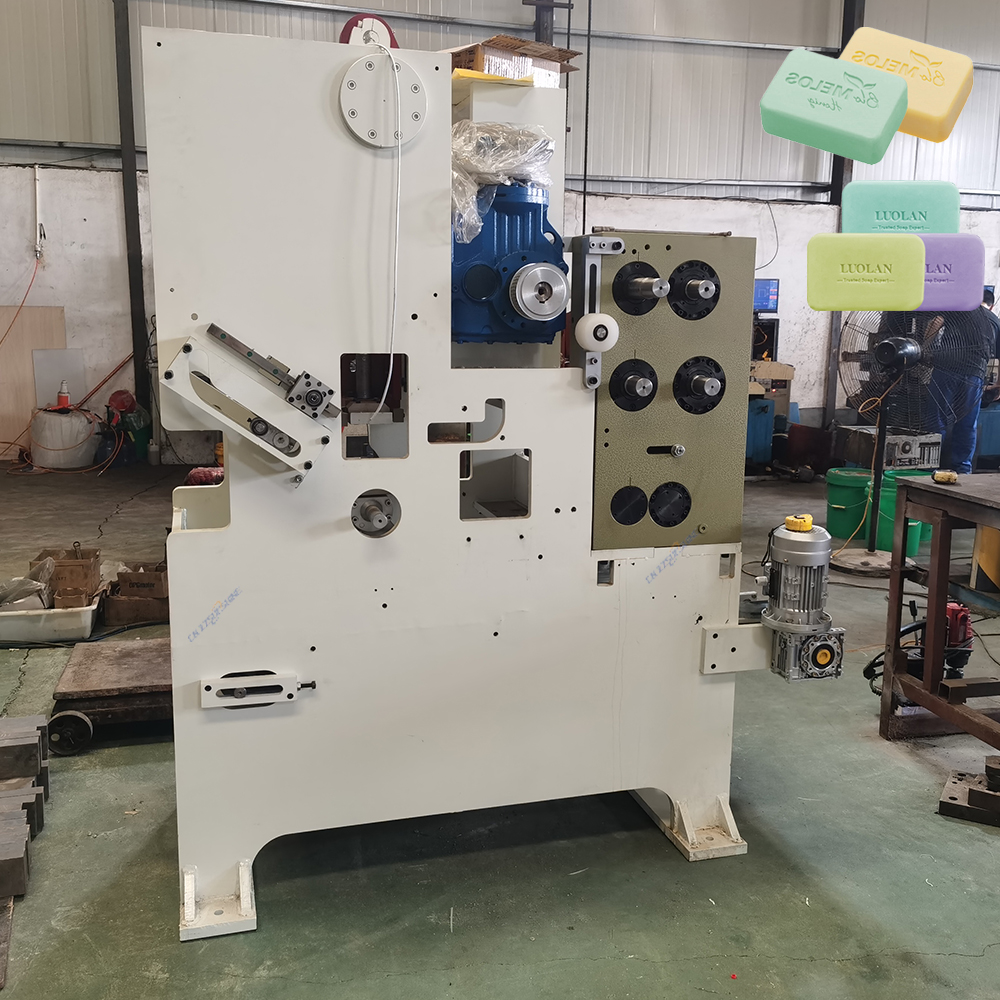In today’s competitive manufacturing landscape, the shift toward automation has revolutionized soap production, with automatic soap production lines emerging as the backbone for efficient, high-volume operations. These integrated systems streamline the entire process from raw material blending to final packaging, minimizing human error and maximizing output. At the core, a typical line incorporates a vacuum plodder for homogenizing the soap base, ensuring uniform texture and moisture control, which is critical for both laundry bar soap production lines and beauty soap making lines. Complementing this, a robust soap mixer handles the precise addition of fragrances, colors, or exfoliants, while an automatic soap cutting machine delivers consistent sizing for bars or specialty shapes, such as those in toilet soap finishing lines. This synergy not only boosts throughput but also supports custom soap production solutions, allowing factories to adapt quickly to market trends like organic or medicated variants. For instance, incorporating an electric washing soap cutter can further enhance efficiency in high-demand settings, reducing waste and operational costs. Beyond the machinery, the benefits are clear: these lines slash labor expenses by up to 50%, accelerate time-to-market, and ensure stringent hygiene standards, making them ideal for expanding into global markets. Moreover, advancements like modular designs enable easy integration with existing setups, fostering scalability without hefty investments. As a result, manufacturers adopting such automated systems report faster ROI and superior product consistency, cementing their role in driving sustainable growth across the industry. Ultimately, embracing an automatic soap production line isn’t just about upgrading equipment—it’s a strategic move to dominate in an era where speed, quality, and customization define success.

The Ultimate Guide to Automatic Soap Production Lines

The Ultimate Guide to Automatic Soap Production Lines
Posted Date:
By:



